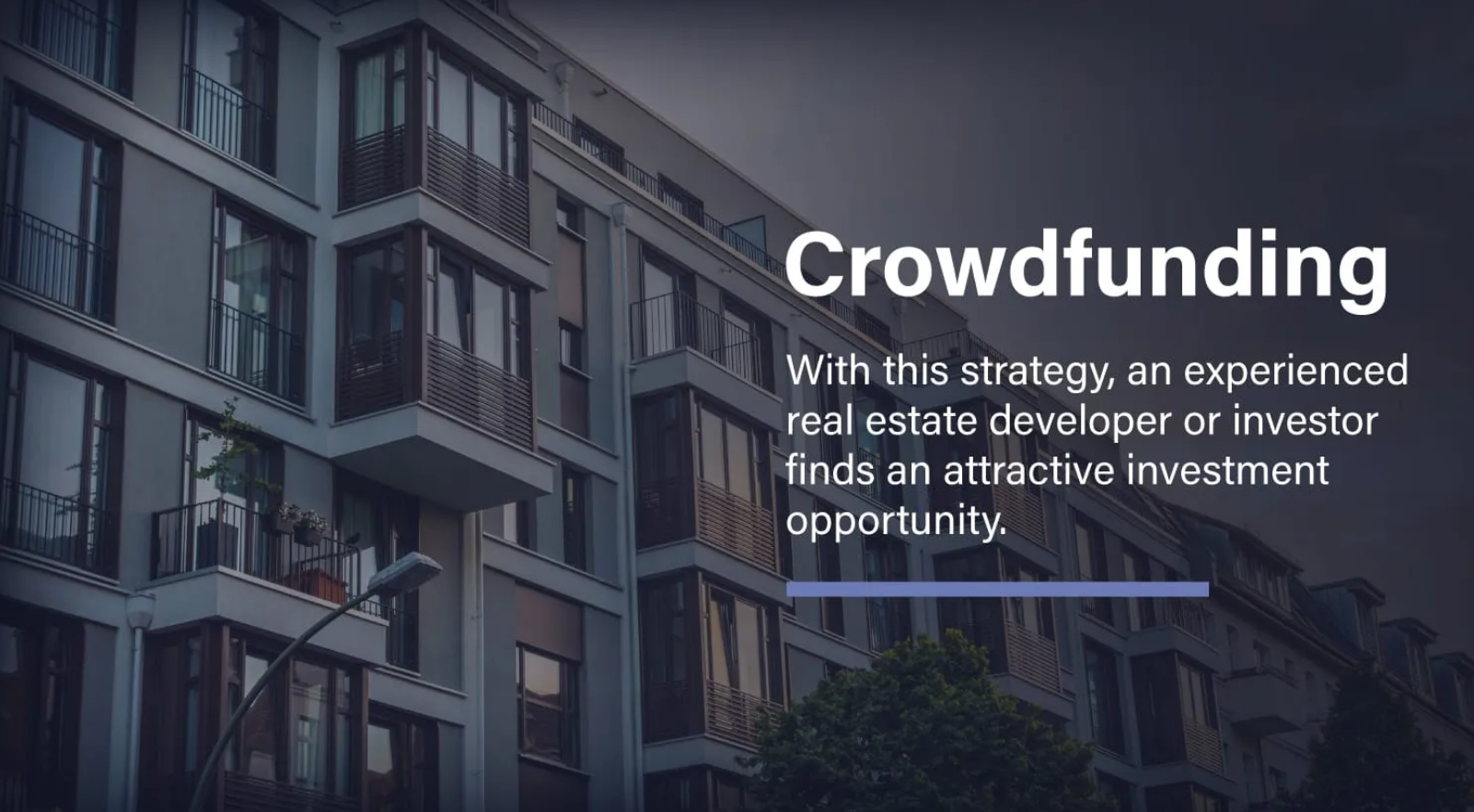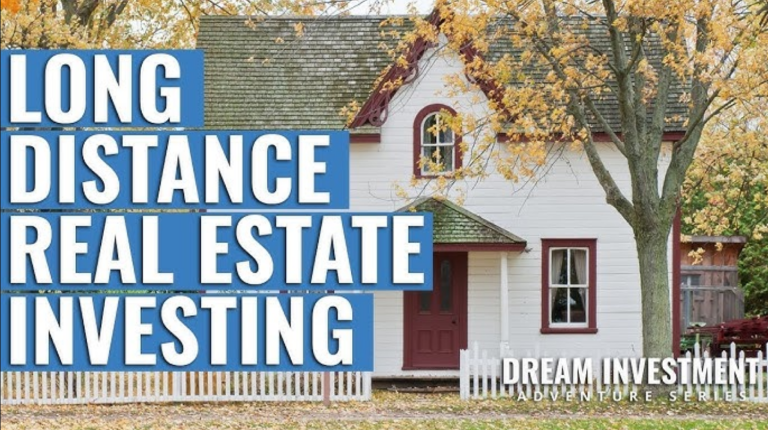Leveraging Real Estate Crowdfunding for Passive Income
Real estate crowdfunding has emerged as a game-changer for investors in Europe and America, offering an accessible way to generate passive income without the complexities of traditional property ownership. By pooling funds with others to invest in high-potential real estate, individuals can earn steady returns with minimal effort. This approach democratizes real estate investing, making it ideal for those seeking financial growth and diversification. This article explores the informational, beneficial, and transactional aspects of leveraging real estate crowdfunding, providing a comprehensive guide for investors in Europe and the USA to achieve long-term passive income.
Informational Overview of Real Estate Crowdfunding
Real estate crowdfunding allows multiple investors to collectively fund property projects, ranging from residential developments to commercial buildings, through online platforms. Investors contribute small amounts, often as low as $500, to access opportunities previously reserved for high-net-worth individuals. Returns come from rental income, property appreciation, or loan interest, depending on the investment type.
Key Features of Real Estate Crowdfunding
-
Accessibility: Low entry costs make it feasible for new investors to participate without large capital reserves.
-
Investment Types: Equity investments (ownership stakes) offer rental income and appreciation, while debt investments (loans) provide fixed interest payments.
-
Diversification: Investors can spread funds across multiple projects, reducing risk compared to owning a single property.
-
Risks: Market fluctuations, platform reliability, and project delays require careful due diligence before investing.
Real-World Examples of Crowdfunding Platforms
Below are three leading real estate crowdfunding platforms, with detailed insights:
-
CrowdStreet (USA)
CrowdStreet connects accredited investors with commercial real estate projects, such as office buildings and multifamily complexes, primarily in the USA. Investments start at $25,000, with average returns of 8–12% annually, per platform data. For example, a multifamily project in Austin, Texas, might offer 10% rental yields and 5% appreciation. The platform provides detailed project reports and vetting processes to ensure quality.
Explore CrowdStreet Investments -
Housers (Europe)
Housers, a leading European platform, offers opportunities in residential and commercial properties across Spain, Italy, and Portugal. Investments start at €50, with returns of 5–10% from rentals or loan interest. A recent Lisbon apartment project yielded 7% annually through short-term rentals. Housers’ user-friendly interface and transparent fee structure appeal to international investors.
Browse Housers Opportunities -
Fundrise (USA)
Fundrise allows both accredited and non-accredited investors to participate in real estate with as little as $10. It offers eREITs (real estate investment trusts) focused on residential and commercial properties, delivering 8–10% annual returns, per Fundrise data. A diversified portfolio might include apartments in Seattle and retail spaces in Miami, balancing risk and reward.
Discover Fundrise Investments
These platforms illustrate how crowdfunding opens doors to diverse, high-return real estate opportunities with low entry barriers.
Benefits of Real Estate Crowdfunding for Passive Income
Leveraging real estate crowdfunding offers significant advantages for generating passive income, combining accessibility with financial rewards. Below, we explore these benefits in detail.
Financial Benefits
-
High Returns: Crowdfunding platforms like CrowdStreet and Housers report average returns of 5–12%, outpacing traditional savings accounts or bonds.
-
Low Entry Costs: With investments starting at $10 (Fundrise) or €50 (Housers), crowdfunding is accessible to a wide range of investors, unlike traditional real estate requiring large down payments.
-
Passive Income Stream: Rental dividends or loan interest provide regular payouts without the need for property management. For example, a $10,000 Fundrise investment might yield $800–$1,000 annually.
-
Tax Advantages: In the USA, depreciation and expense deductions may apply to equity investments (consult a tax professional). In Europe, platforms like Housers offer tax-efficient structures for rental income.
Strategic Benefits
-
Diversification: Investors can spread funds across multiple projects or regions, reducing risk. A Fundrise portfolio might include properties in five US cities, balancing market fluctuations.
-
No Management Hassles: Platforms handle property management, tenant issues, and maintenance, freeing investors from operational burdens.
-
Accessibility: Online platforms like CrowdStreet allow global participation, enabling European investors to access US markets and vice versa.
-
Transparency: Platforms provide detailed project data, including financial projections and risk assessments, aiding informed decisions.
Long-Term Value
-
Wealth Accumulation: Consistent returns and property appreciation build wealth over time. A $5,000 Housers investment in Porto could grow to $7,500 in five years at 8% annual returns.
-
Scalability: Investors can increase contributions as income grows, compounding returns without additional effort.
-
Market Resilience: Real estate crowdfunding often focuses on stable or growing markets, like Austin or Lisbon, ensuring long-term value.
These benefits make crowdfunding a powerful tool for passive income and portfolio growth.
Transactional Details: How and Where to Invest in Crowdfunding
Participating in real estate crowdfunding requires careful selection of platforms and projects. Below, we outline the process, costs, and resources to start generating passive income.
How to Invest in Real Estate Crowdfunding
-
Choose a Platform: Select a reputable platform like CrowdStreet, Housers, or Fundrise based on your investment goals and location.
-
Create an Account: Register and verify your identity. Some platforms (e.g., CrowdStreet) require accredited investor status, while others (e.g., Fundrise) are open to all.
-
Evaluate Projects: Review project details, including location, return projections, and risk factors. Platforms provide financial models and due diligence reports.
-
Invest Funds: Deposit money via bank transfer or credit card, starting as low as $10–$25,000, depending on the platform.
-
Monitor Returns: Track dividends or interest through the platform’s dashboard, with payouts typically monthly or quarterly.
-
Diversify: Spread investments across multiple projects to mitigate risk and optimize returns.
Where to Invest and Costs
-
CrowdStreet (USA): Minimum investment of $25,000 for accredited investors. Annual fees range from 0.5–2%, with returns of 8–12%.
Join CrowdStreet -
Housers (Europe): Investments start at €50, with platform fees of 1–2%. Expected returns are 5–10% annually.
Start with Housers -
Fundrise (USA): Minimum investment of $10, with annual fees of 0.85–1%. Returns average 8–10% via eREITs.
Invest with Fundrise
Costs to Consider
-
Platform Fees: Typically 0.5–2% annually, deducted from returns or upfront.
-
Minimum Investments: Range from $10 (Fundrise) to $25,000 (CrowdStreet), depending on the platform.
-
Taxes: Returns may be subject to income or capital gains taxes, varying by country (consult a tax advisor).
-
Liquidity: Investments are often locked for 1–5 years, with limited early withdrawal options.
Use Cases and Problem-Solving
Real estate crowdfunding addresses diverse financial challenges, making it a versatile investment tool:
New Investors
-
Problem: Limited capital prevents traditional real estate investment.
-
Solution: A $500 Fundrise investment in a diversified eREIT yields $40–$50 annually, offering an accessible entry point.
-
Why It Matters: Enables wealth-building without large upfront costs.
Busy Professionals
-
Problem: Lack of time for property management.
-
Solution: A €5,000 Housers investment in a Lisbon rental project generates €350–$500/year passively, with no management required.
-
Why It Matters: Provides income without operational burdens.
Retirees
-
Problem: Need stable income to supplement pensions.
-
Solution: A $10,000 CrowdStreet investment in a US commercial project yields $800–$1,200 annually, enhancing financial security.
-
Why It Matters: Offers reliable, long-term income.
These use cases show how crowdfunding solves capital, time, and income challenges.
FAQs About Real Estate Crowdfunding
-
What is real estate crowdfunding?
It’s a method where multiple investors pool funds via online platforms to invest in real estate, earning passive income from rentals or interest. -
How much money do I need to start?
Platforms like Fundrise allow investments from $10, while others like CrowdStreet require $25,000. Housers starts at €50. -
What are the risks of crowdfunding?
Risks include market downturns, project delays, or platform insolvency. Diversify investments and research platforms to mitigate risks. -
Can I invest internationally?
Yes, platforms like Housers support European markets, and CrowdStreet offers US opportunities. Check platform eligibility for your country. -
How are returns paid out?
Returns, typically 5–12%, are paid as dividends or interest, monthly or quarterly, via platform dashboards or bank transfers.
Conclusion
Leveraging real estate crowdfunding for passive income in Europe and America offers an accessible, high-return investment strategy. Platforms like CrowdStreet, Housers, and Fundrise provide diverse opportunities, low entry points, and hassle-free income generation. By carefully evaluating projects, diversifying investments, and understanding fees, you can build a robust portfolio that delivers long-term wealth. Start exploring crowdfunding platforms today to unlock the potential of real estate without the burdens of traditional ownership.






